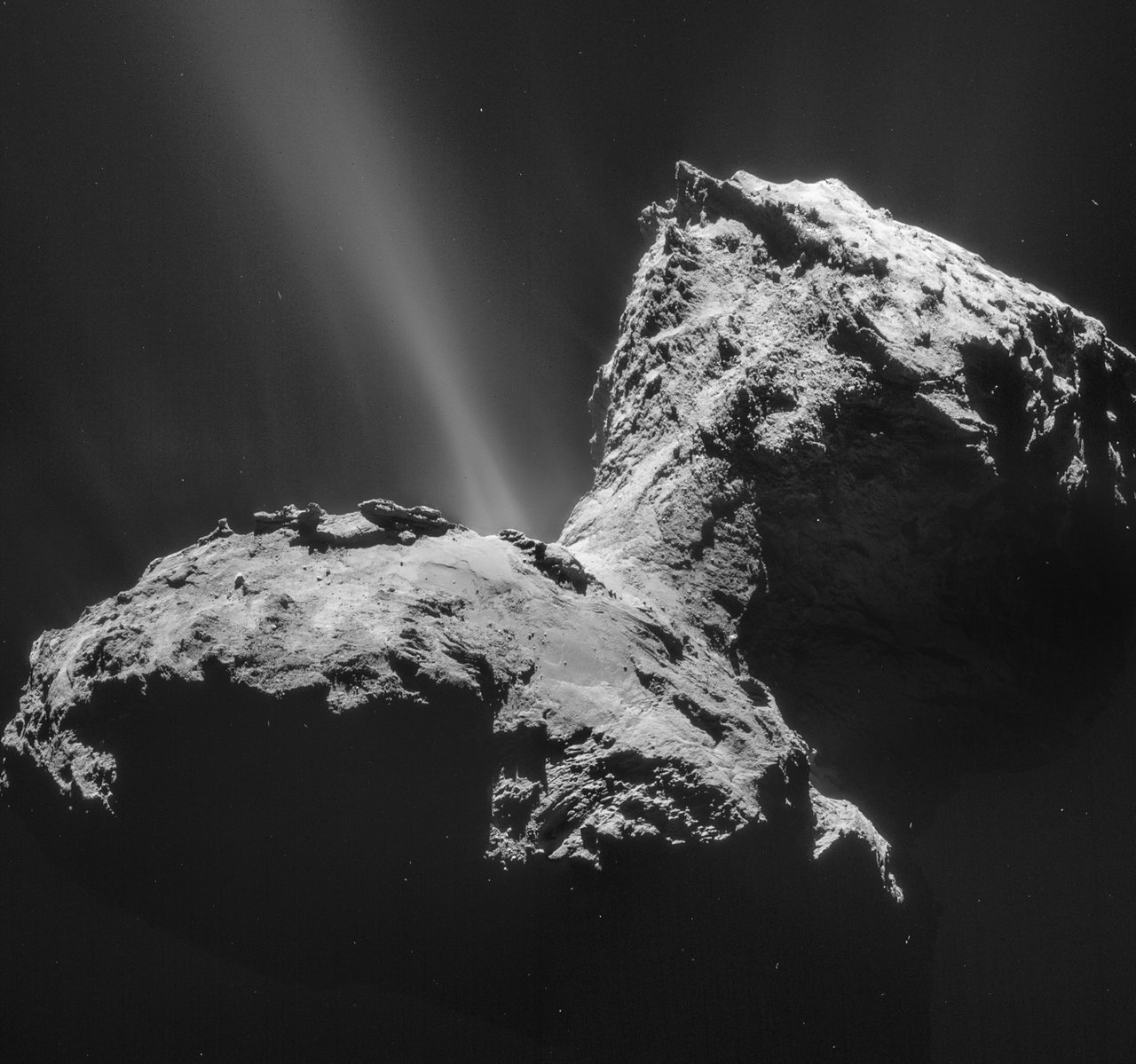The ESA’s Rosetta mission to Comet 67P/Churyumov-Gerasimenko ended four years ago. On September 30th 2016 the spacecraft was directed into a controlled impact with the comet, putting an end to its 12.5 year mission. Scientists are still working with all its data and making new discoveries.
A new study based on Rosetta data shows that Comet 67P has its own aurora.
On Earth, auroras are created by charged particles from the Sun. When those particles approach Earth, they’re directed along the field lines of Earth’s magnetosphere. When they reach the Earth’s poles, the particles strike molecules and atoms in the Earth’s atmosphere, which creates the colorful, shimmering auroras. The other planets in our Solar System can have auroras, too.
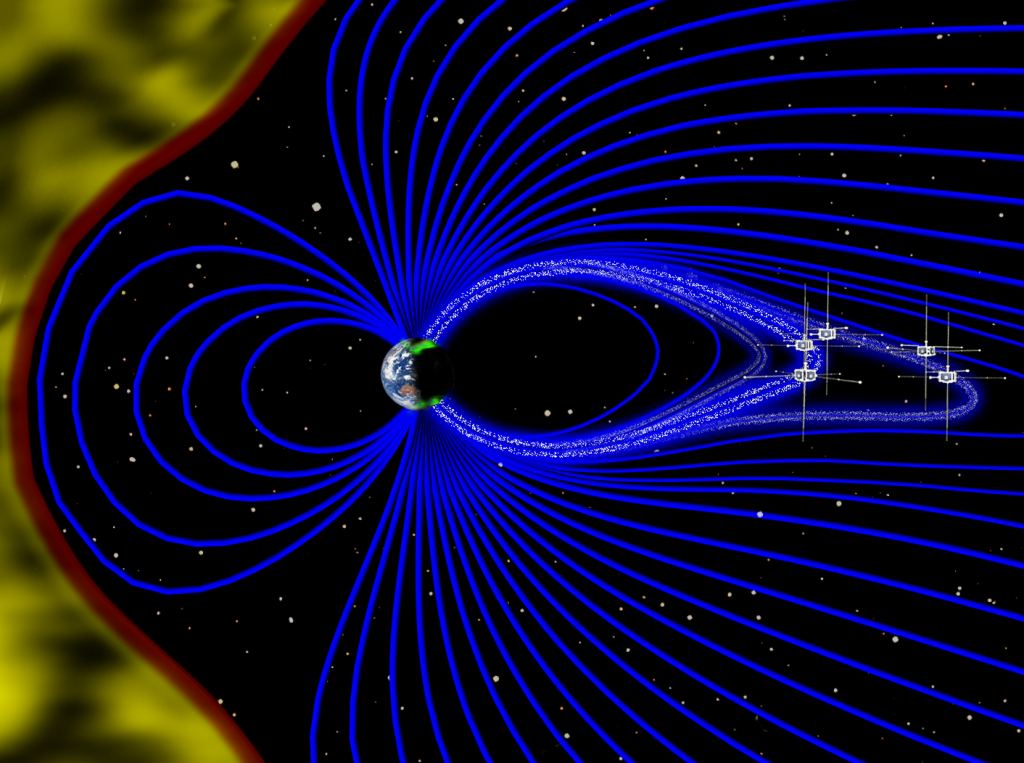
Credits: Emmanuel Masongsong/UCLA EPSS/NASA
But this is the first time that scientists have seen an aurora around a comet. And finding an aurora at an object without a magnetic field surprised the researchers.
“Finding auroras around 67P, which lacks a magnetic field, is surprising and fascinating.”
Dr. Jim Burch, SWRI VICE PRESIDENT, LeadER IES (Ion and Electron Sensor), Study Co-Author
The title of the new study announcing this finding is “Far-ultraviolet aurora identified at comet 67P/Churyumov-Gerasimenko.” The lead author is Dr. Marina Galand of Imperial College London. The new research is published in the journal Nature Astronomy.
Comet 67P’s aurora isn’t visible to human eyes. It’s in the far ultraviolet (FUV) and was detected with Rosetta’s suite of science instruments. In particular, by instruments provided to the mission by the Southwest Research Institute (SwRI). As part of the mission, the SwRI provided two instruments: the IES, or Ion and Electron Sensor, and the Alice far-ultraviolet (FUV) spectrograph.
“Charged particles from the Sun streaming towards the comet in the solar wind interact with the gas surrounding the comet’s icy, dusty nucleus and create the auroras,” said SwRI Vice President Dr. Jim Burch who leads IES (Ion and Electron Sensor). “The IES instrument detected the electrons that caused the aurora,” Burch said in a press release.
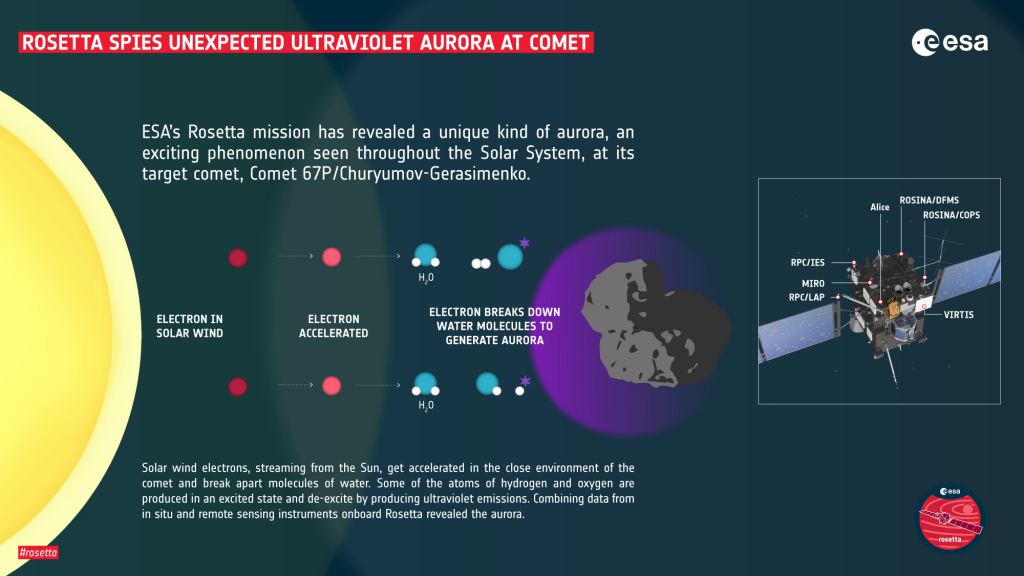
SwRI’s IES instrument sensed the electrons that caused the aurora. As those electrons strike the coma of gas surrounding the comet, water and other constituents in the gas are broken down, creating a glow in UV. The Alice FUV spectrometer sensed the glow of the aurora.
““Initially, we thought the ultraviolet emissions at comet 67P were phenomena known as ‘dayglow,’ a process caused by solar photons interacting with cometary gas,” said SwRI’s Dr. Joel Parker who leads the Alice spectrograph. “We were amazed to discover that the UV emissions are aurora, driven not by photons, but by electrons in the solar wind that break apart water and other molecules in the coma and have been accelerated in the comet’s nearby environment. The resulting excited atoms make this distinctive light.”
One of the complexities of modern space missions like Rosetta is managing all of the data. Rosetta itself has over 10 separate instruments and cameras, and the Philae lander has a dozen instruments and cameras. All of the data from those instruments has to be integrated, in order to produce best results.
“By doing this, we didn’t have to rely upon just a single dataset from one instrument,” said lead author Galand, who led a team that used a physics-based model to integrate measurements made by various instruments aboard Rosetta. “Instead, we could draw together a large, multi-instrument dataset to get a better picture of what was going on. This enabled us to unambiguously identify how 67P/C-G’s ultraviolet atomic emissions form, and to reveal their auroral nature.”
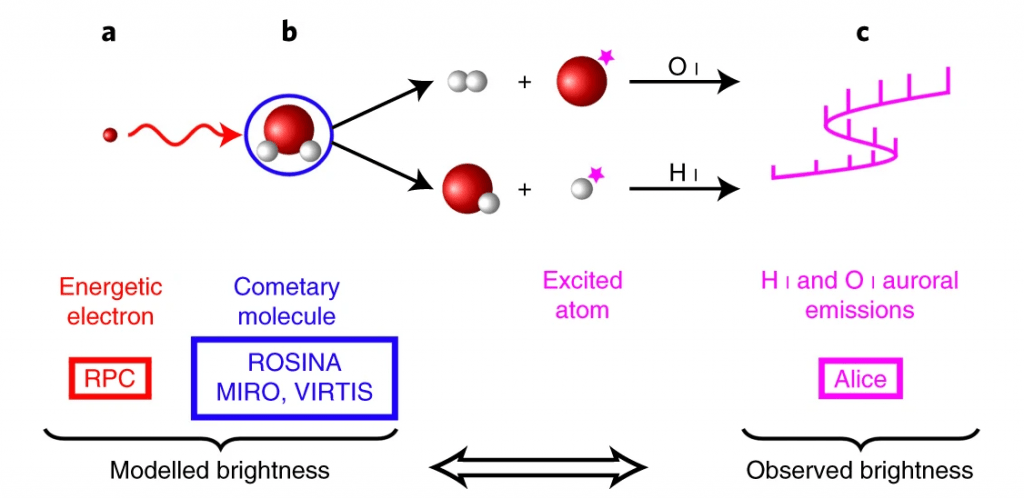
“I’ve been studying the Earth’s auroras for five decades,” Burch said. “Finding auroras around 67P, which lacks a magnetic field, is surprising and fascinating.”
So without a magnetic field, how does a comet generate an aurora?
The key is what’s called an ambipolar electric field. That field creates an electron pressure gradient, which results in a kind of well that draws electrons toward the comet nucleus.
In their paper, the authors write “solar-wind electrons (red dots) undergo acceleration primarily along the draped magnetic field lines when they fall into a potential well as they get closer to the cometary nucleus (trajectories colour-coded by the electron energy in Fig. 4). This potential well is produced by an ambipolar electric field generated by the cometary plasma and resulting from the large electron pressure gradient.”
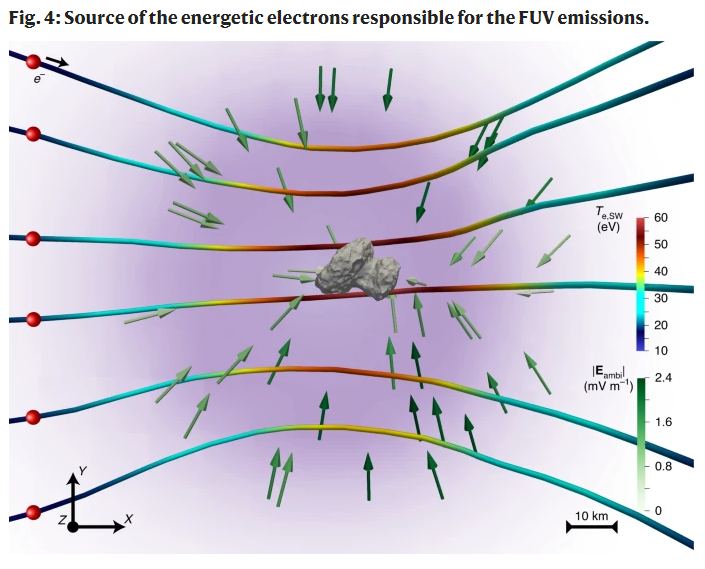
Scientists have found more and more auroras around the planets in the Solar System. But they’ve never observed one around a comet before. It points to the different pathways that can create auroras.
On Earth, they’re created by charged solar particles being directed around the magnetosphere before eventually arriving at the planet’s poles. There, the charged particles interact with molecules in the atmosphere to create their glow.
At Mars, the solar wind interacts with the remnant crustal magnetic field to create the Martian aurora, since Mars has no global magnetic field. And Venus produces a type of aurora different from other planets, too.
But this cometary aurora is different again. This aurora doesn’t require particularly energetic solar outbursts. Instead, the interaction of the solar wind and the cometary plasma creates localized acceleration of solar wind particles that leads to the aurora.
As the authors write in their paper, “… the cometary aurora occurs even in the absence of solar energetic particle outbursts.”
ESA’s Rosetta mission was a groundbreaking one. It was the first spacecraft to orbit a comet, and the first to travel alongside a comet as it ventured into the inner Solar System. It was also the first mission to place a lander on a comet, though the Philae Lander‘s mission was cut short.
Now it can add discovering the first cometary aurora to that list.

